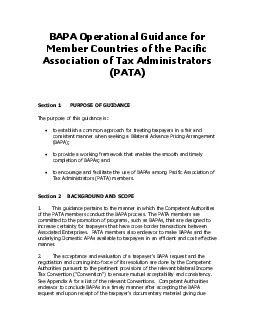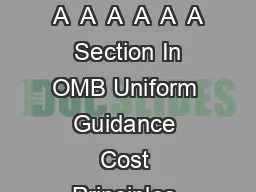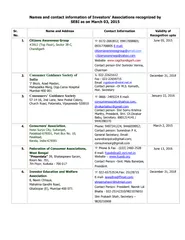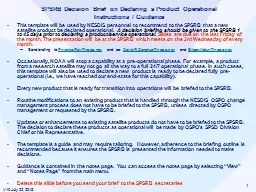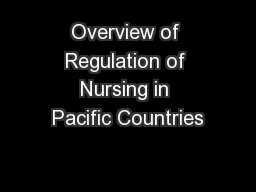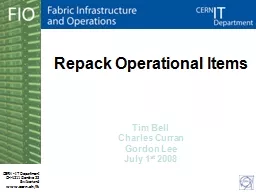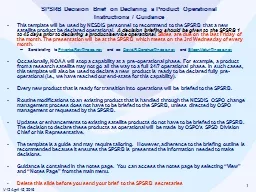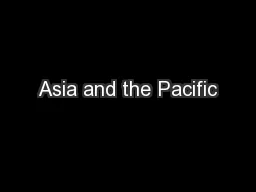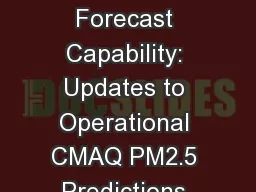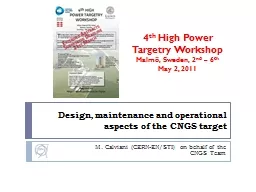PDF-BAPA Operational Guidance for Member Countries of the Pacific Associat
Author : gelbero | Published Date : 2021-09-15
Section 1 PURPOSE OF GUIDANCE The purpose of this guidance is to establish a common approach for treating taxpayers in a fair and ilateral Advance Pricing Arrangement
Presentation Embed Code
Download Presentation
Download Presentation The PPT/PDF document "BAPA Operational Guidance for Member Cou..." is the property of its rightful owner. Permission is granted to download and print the materials on this website for personal, non-commercial use only, and to display it on your personal computer provided you do not modify the materials and that you retain all copyright notices contained in the materials. By downloading content from our website, you accept the terms of this agreement.
BAPA Operational Guidance for Member Countries of the Pacific Associat: Transcript
Download Rules Of Document
"BAPA Operational Guidance for Member Countries of the Pacific Associat"The content belongs to its owner. You may download and print it for personal use, without modification, and keep all copyright notices. By downloading, you agree to these terms.
Related Documents

